
 Selling your business – Define your life after selling a business so you know your aiming for
Selling your business – Define your life after selling a business so you know your aiming for
Business owners choose to sell their business for a variety of reasons. Some want to move away from pain and others are interested in moving towards more pleasure. One business owner might want to escape personal exhaustion whereas another is eager to seek out a new exciting challenge. Some owners might feel forced to sell for personal reasons (health or relationship issues) and others might think it’s time to cash out before the business peaks.
Regardless as to the particular reason for selling it’s imperative to spend time defining what life after selling a business will be like. In other words, the sale is not the end goal – it’s a milestone towards a new life.
Imagine that you and I are sitting in a coffee shop a few months after your business sold, what would your likely response be to the below questions? Pretend that everything went perfectly and you’re now living your ideal life. With that scenario in mind, answer these questions as if they’ve already happened:
- What’s your life after selling a business like? How do you spend your time? How do you feel about the activities that have replaced your old life?
- How’s your health? How do you feel about your health?
- Who’s in your life – what relationships do you have, what do you do with them and how do you feel about them?
- How do you feel about yourself? Do you like who you are? Do you like this new lifestyle?
- Are you enjoying the fruits of your labour? If yes, what are the results of cashing in? (What have you purchased, how has the money impacted your life and how do you feel about it?)
Contrary to what most people believe, life does not progress in chronological order. Life actually starts off with your end result and then your life progresses to meet that end result. In relation to actually selling your business, it’s important to think about a smooth business sale process in addition to visualising your completion party but that’s not really the end goal. That’s just one step towards the new lifestyle you’re seeking out.
The end goal is your post-sale lifestyle that you hopefully took the time to think about by answering the above questions. The way that life works is that you define what your ideal life is and then you go out into the world, take action (any action) and things, events, people fall into your path to direct you to your predetermined ideal life.
If you haven’t determined the end result, then you’ll most likely continue living and feeling the way you do right now, however the stage props might be different. Instead of having a business around you, you’ll have some other surrounding.
If you’re struggling with this concept, think back to any large success that you’ve achieved. To achieve that specific success (and not something different) you must have defined it. You decided that you wanted X and then set in motion to achieve X. Depending on your beliefs about reality, you went on a smooth or bumpy journey yet eventually arrived at the end result. Selling your business and transitioning into a new life is similar. Decide what you want, feel what it feels like to have it and then go out and take action.
This is the number 1 most important step in selling your business. If you keep doing/thinking what you’ve always been doing/thinking, you’ll get the same results. A fantastic lifestyle change is there for the taking and all you need to do is just claim it.
Kim Brown, Co-Founder of Business Wand, helps business owners navigate their way through the start to finish process of selling a business. Her specialty is to help owners cut costs and increase profits prior to sale. To understand how you can sell your business quickly for the highest sales price, purchase the book, “How To Sell A Business: The #1 guide to maximising your company value and achieving a quick business sale”
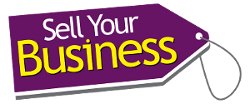
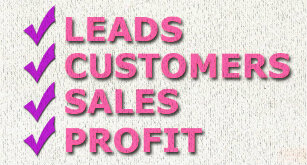

 Business Valuation Essentials.
Business Valuation Essentials.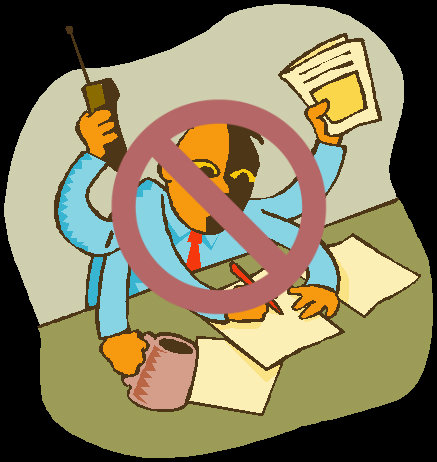
 Working On Your Business Not In It.
Working On Your Business Not In It.
 5 Tips You Must Know Before Selling Your Business!
5 Tips You Must Know Before Selling Your Business!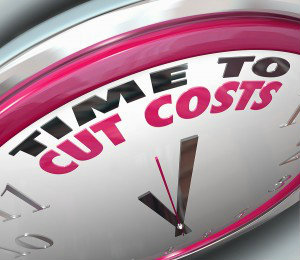
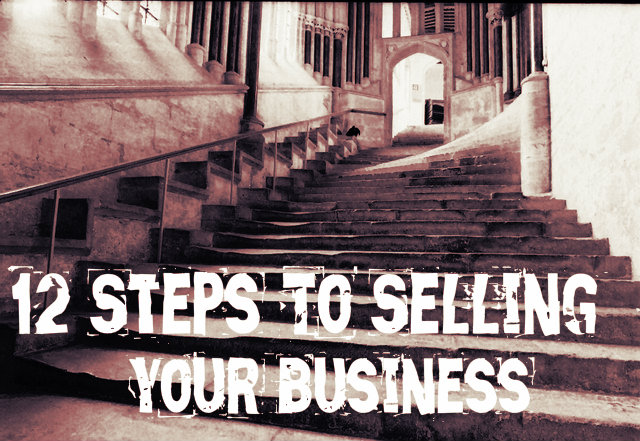
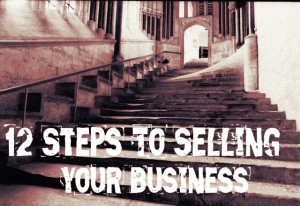 Twelve Steps to Selling Your Business.
Twelve Steps to Selling Your Business.